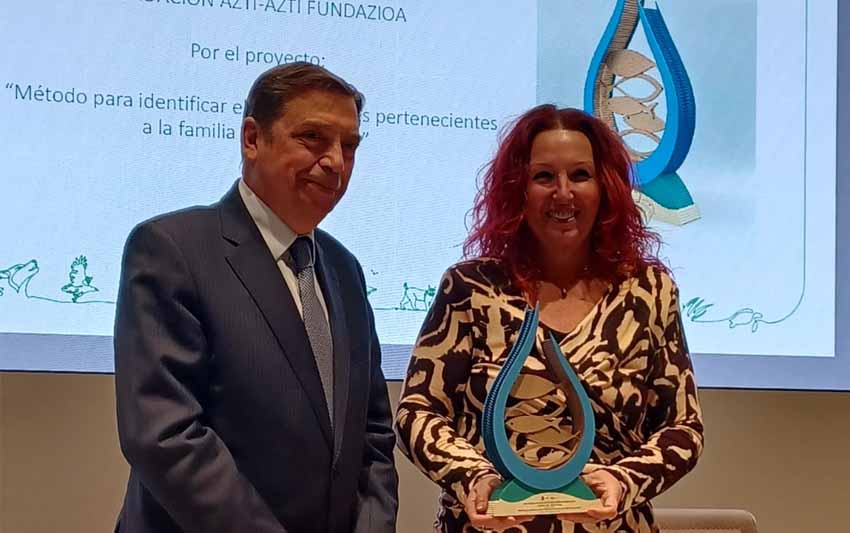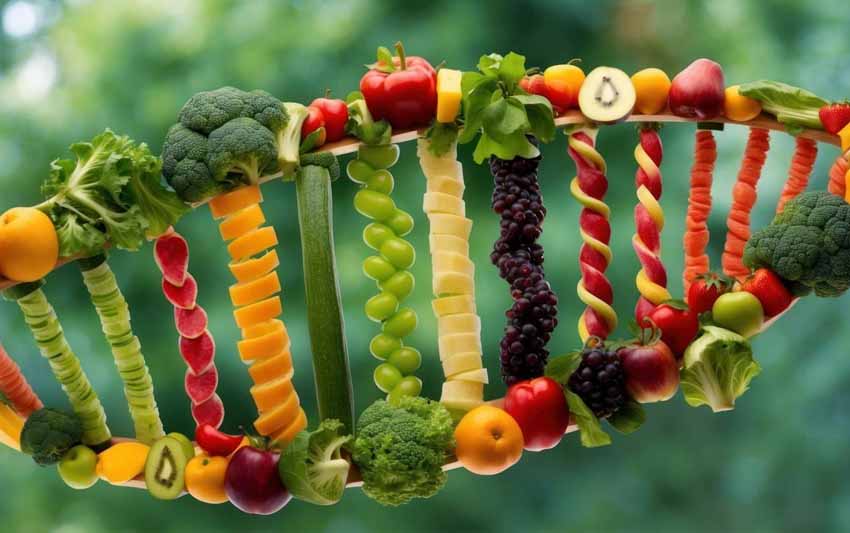[EATrends] Food (In)security: A Defining Challenge for the Next Decade
Últimas noticias
A pioneering genetic catalogue reveals hidden biodiversity in Basque estuary sediments
Uhinak Technical Committee Sets the Key Points for the 7th International Congress on Climate Change and the Coast
“We fishermen are the ones who earn the least”
SONIA RIESCO, Researcher in the Innovation Area
We live in an uncertain world, shaped by geopolitical tensions, the impacts of climate change, and a steady rise in the cost of living. In this context, food insecurity has become a major global challenge—one that will shape the coming decade.
Food supply chains are under unprecedented strain, pointing toward a future of higher prices and potential shortages. For the food industry, this means facing a dual challenge: ensuring access to safe, nutritious food while keeping it affordable for consumers.
This is the fifth chapter of EATrends by AZTI, a guide that connects society, business, and science to anticipate the future of food. Want to explore the other trends? You’ll find them all in the full EATrends report.
Índice de contenidos
Food Security: a Global Priority
The scale of the challenge is reflected in the numbers. According to the World Bank, food and nutrition security ranks among the eight major global issues to address, driving over 45 billion dollars in investments worldwide.
But beyond the figures, daily life shows a shift in consumer behavior: as inequalities deepen, people are adjusting their food spending, seeking affordability without giving up a decent, healthy, and safe diet.
Innovation in Motion: The Next Steps in R&D
Science and technology are working to reduce the vulnerability of food systems and strengthen their resilience against insecurity. Some of the most promising areas include:
- New alternative raw materials, diversifying food sources.
- Genetic engineering, to improve crop yields, nutritional value, and resistance to pests and diseases.
- Precision agriculture, optimizing resources and minimizing risks.
- Advanced rapid contaminant detection systems, enhancing food safety.
Each of these innovations aims to balance quantity, quality, safety, and accessibility — the four pillars of food security.
It’s Happening: The Sector’s Response
Meanwhile, the market is already showing signs of this tension. Consumers, more cautious in the face of rising prices, are looking for healthy, high-quality products at reasonable prices. As a result, companies are:
- Diversifying their product lines to offer more affordable options.
- Strengthening controls for emerging risks that could affect food safety.
- Focusing on proper nutrition, even in an environment of rising costs.
Food insecurity is neither distant nor abstract: it affects the daily lives of millions and tests the sector’s ability to ensure universal access to safe, nutritious, and affordable food.
Want to Take a Closer Look at EATrends?








